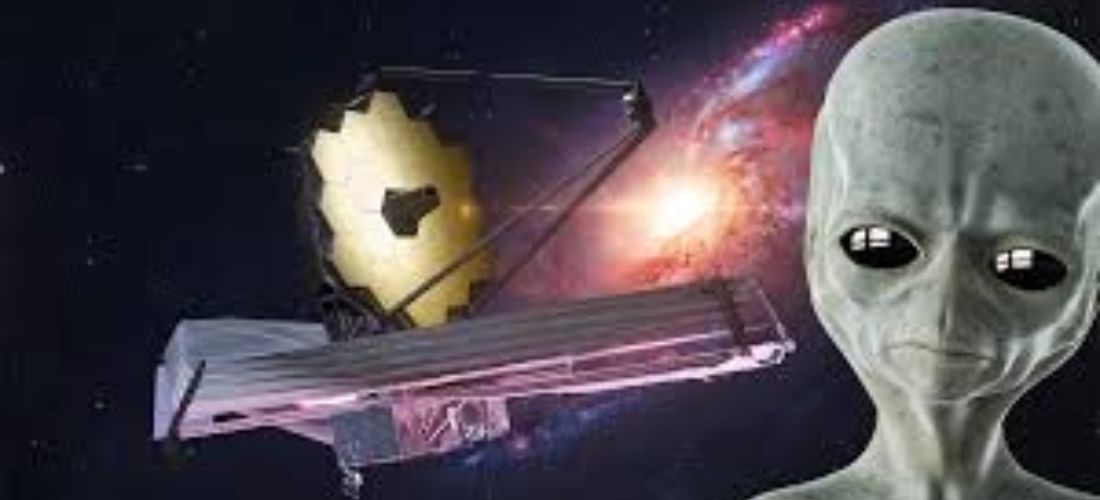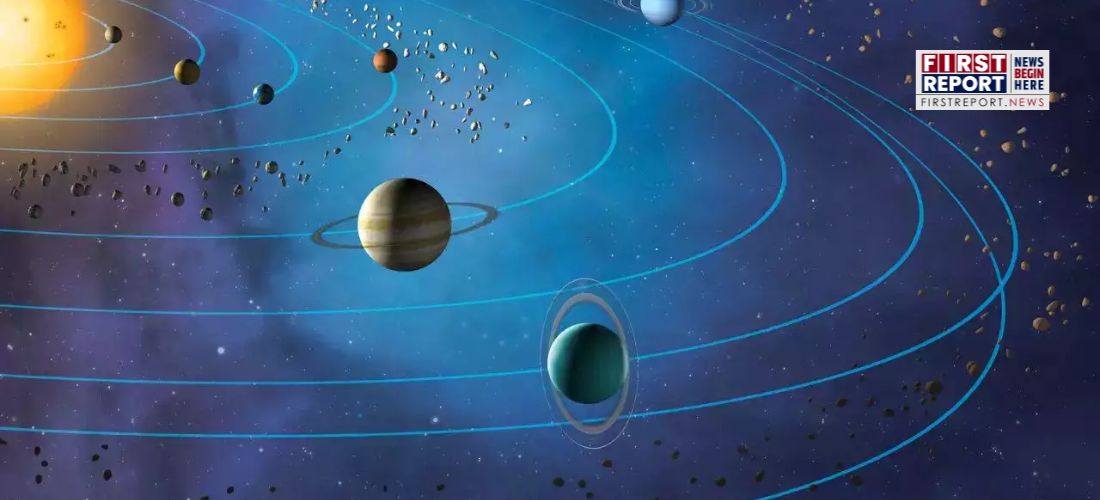The James Webb Space Telescope (JWST), launched in 2021, offers a revolutionary perspective on the universe. Scientists are particularly interested in the possibility of extraterrestrial life.
Red Dwarf Star and Potentially Habitable Planet
The telescope recently focused on a potentially life-supporting planet orbiting a red dwarf star called K2-18, located 124 light-years away. This planet, K2-18b, is believed to be an ocean world with a radius 2.6 times that of Earth.
K2-18 b is a super Earth exoplanet that orbits an M-type star. Its mass is 8.92 Earths, it takes 32.9 days to complete one orbit of its star, and is 0.1429 AU from its star. Its discovery was announced in 2015.
| Property | Value |
| Planet Radius | 2.37 x Earth |
| Planet Type | Super Earth |
| Discovery Method | Transit |
| Planet Mass | 8.92 Earths |
| Discovery Date | 2015 |
| Orbital Radius | 0.1429 AU |
| Orbital Period | 32.9 days |
| Eccentricity | 0.2 |
Intriguing Gas Detection
Scientists have discovered traces of dimethyl sulfide (DMS) in K2-18b’s atmosphere. Marine life on Earth cranks out most of the DMS (dimethyl sulfide) in the atmosphere. This detection is promising, but scientists need to do more analysis to confirm it.
The JWST dedicated eight hours of observation on Friday to gather more data on K2-18b‘s atmosphere. Dr. Nikku Madhusudhan, the study’s lead astrophysicist, will meticulously analyze this data over the coming months. Confirmation of DMS and the absence of a non-biological source would significantly strengthen the case for life on K2-18b.
Scientific Quest for Extraterrestrial Life Continues
The James Webb Telescope’s observations mark a significant step forward in the search for extraterrestrial life. While definitive proof remains elusive, the scientific community is ever closer to unraveling the cosmic question: Are we alone in the universe?
Also Read – Astronomers Found a Black Hole 33 Times More Massive than Our Sun




